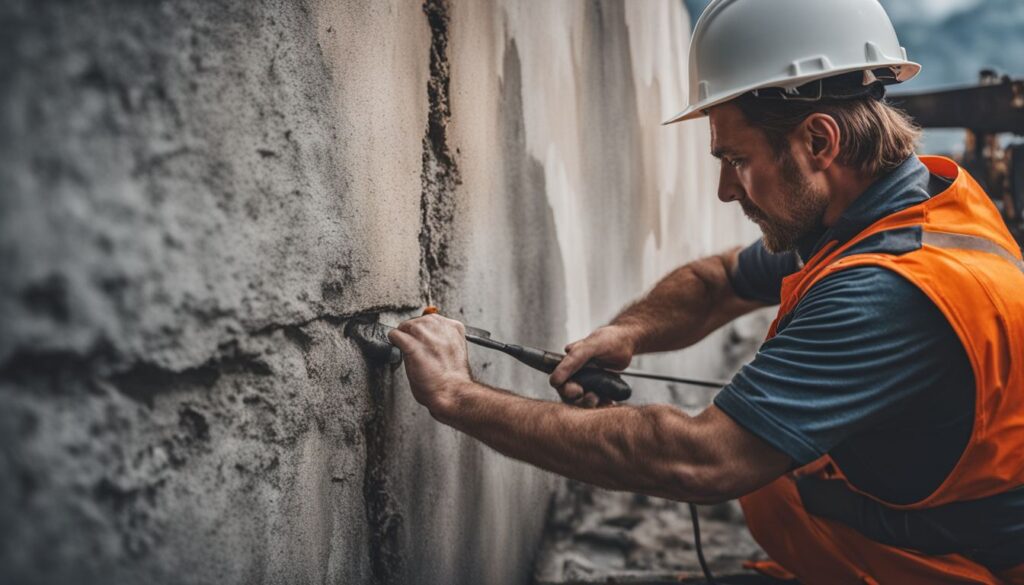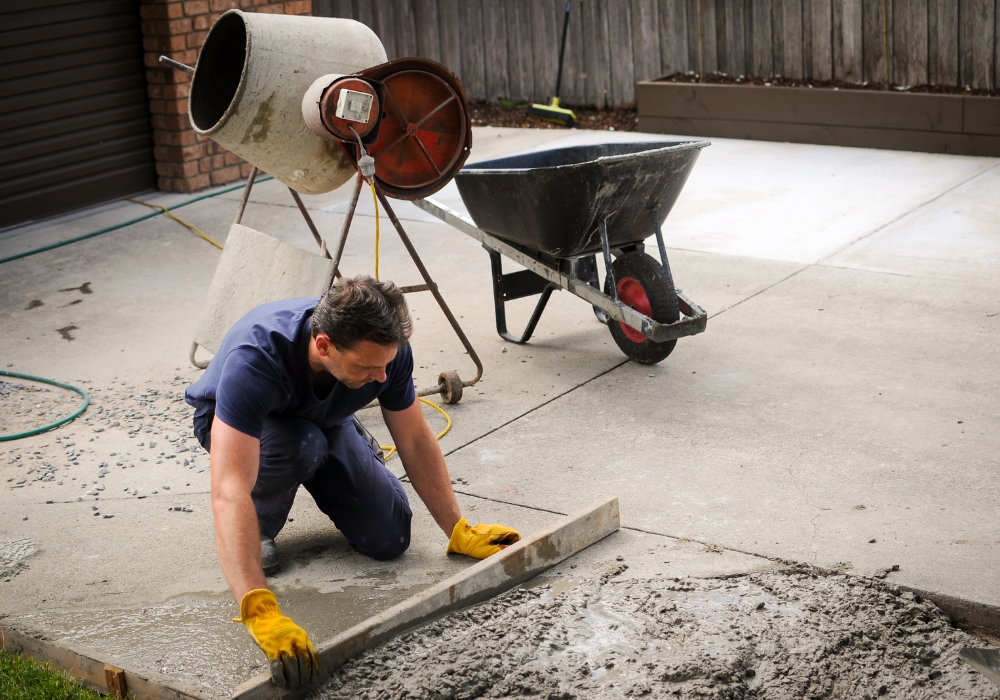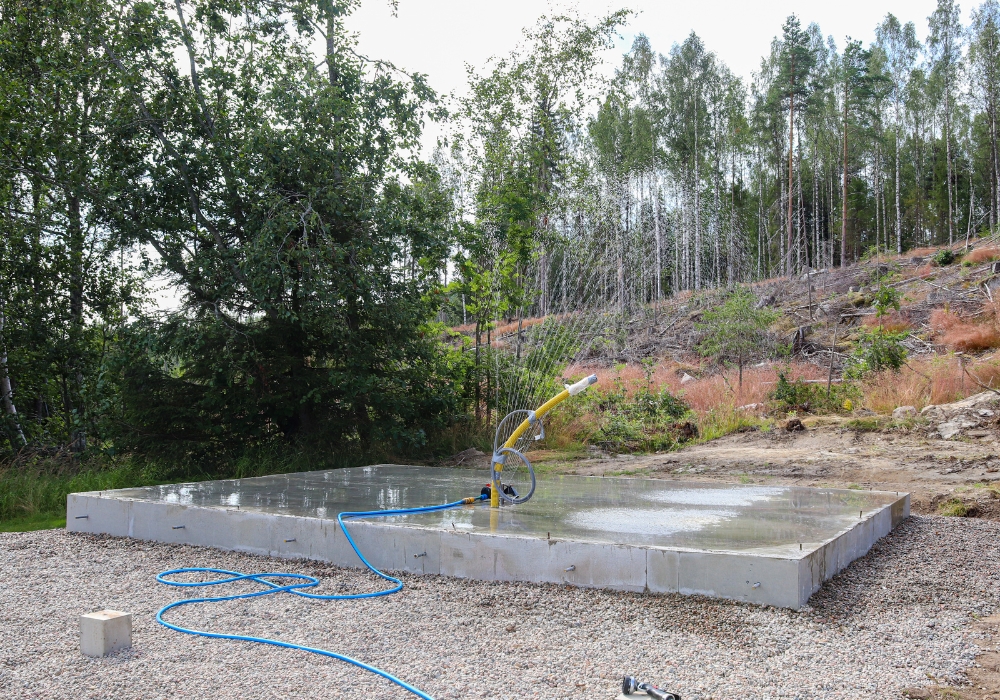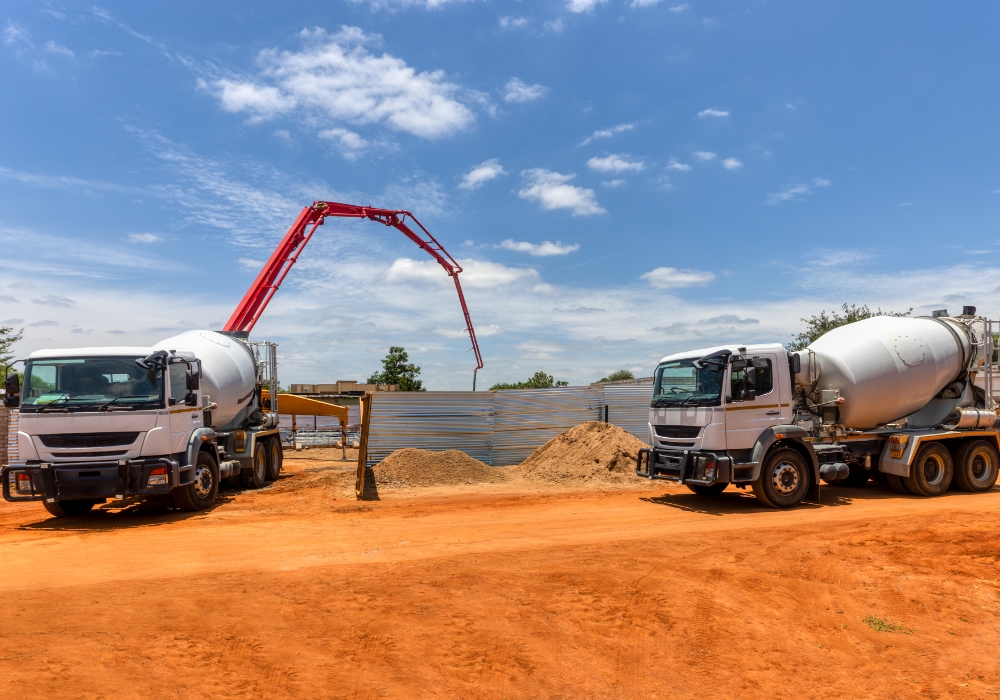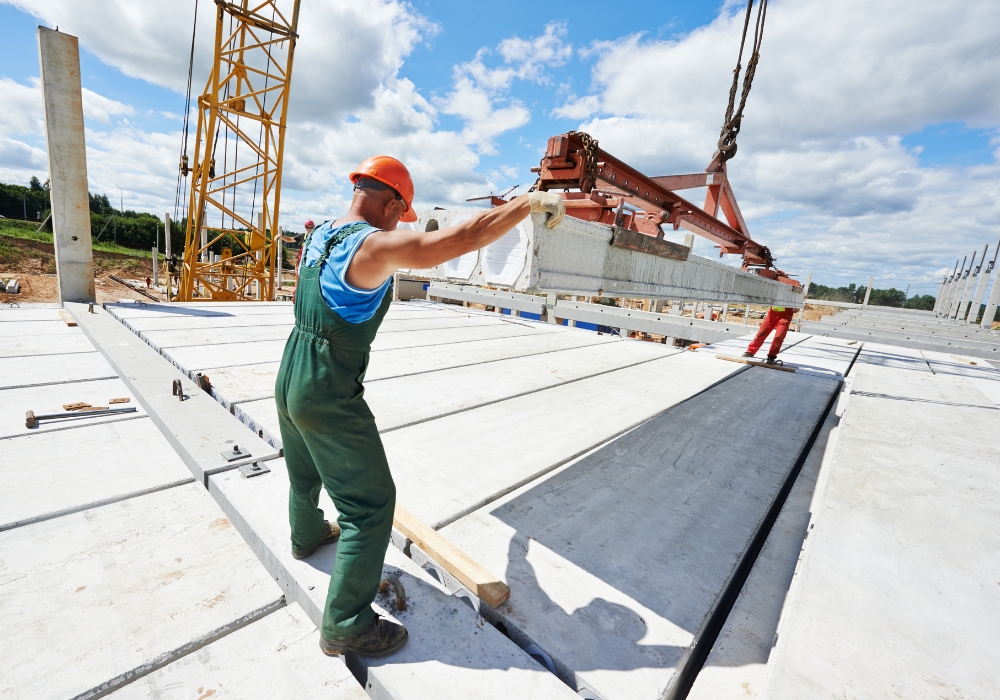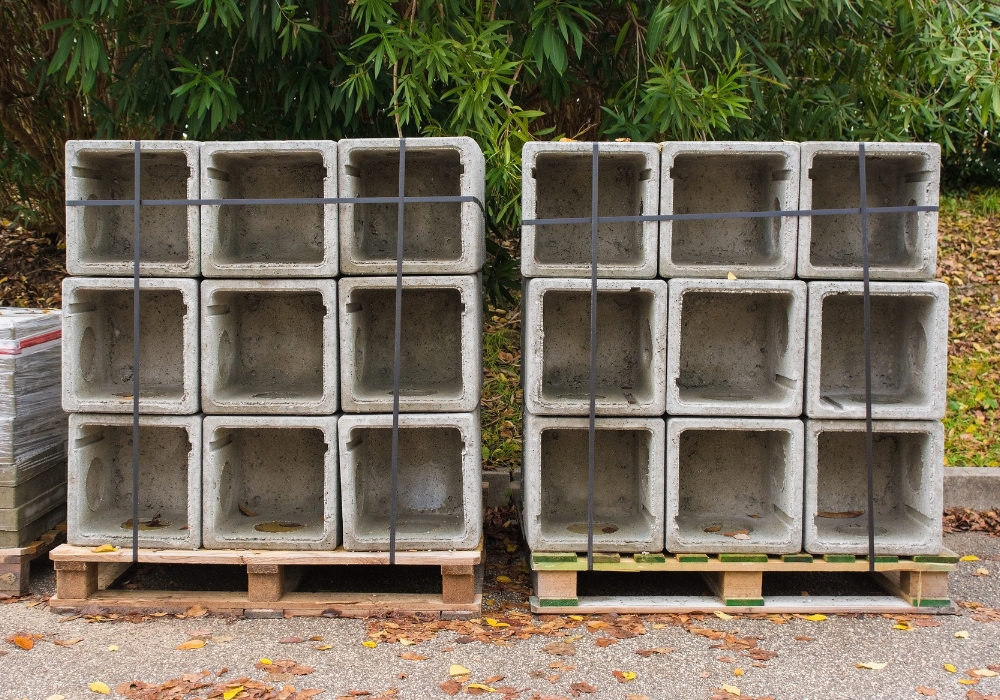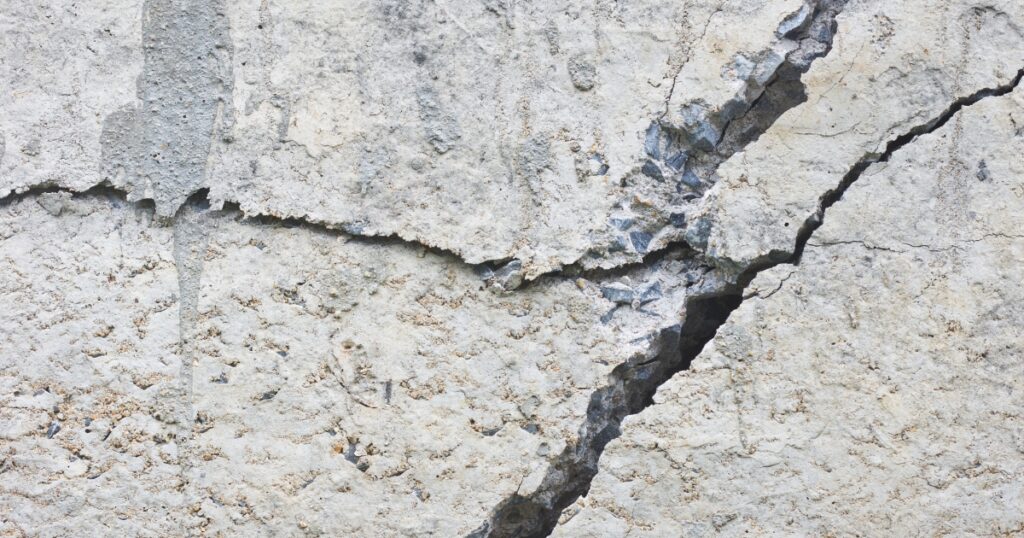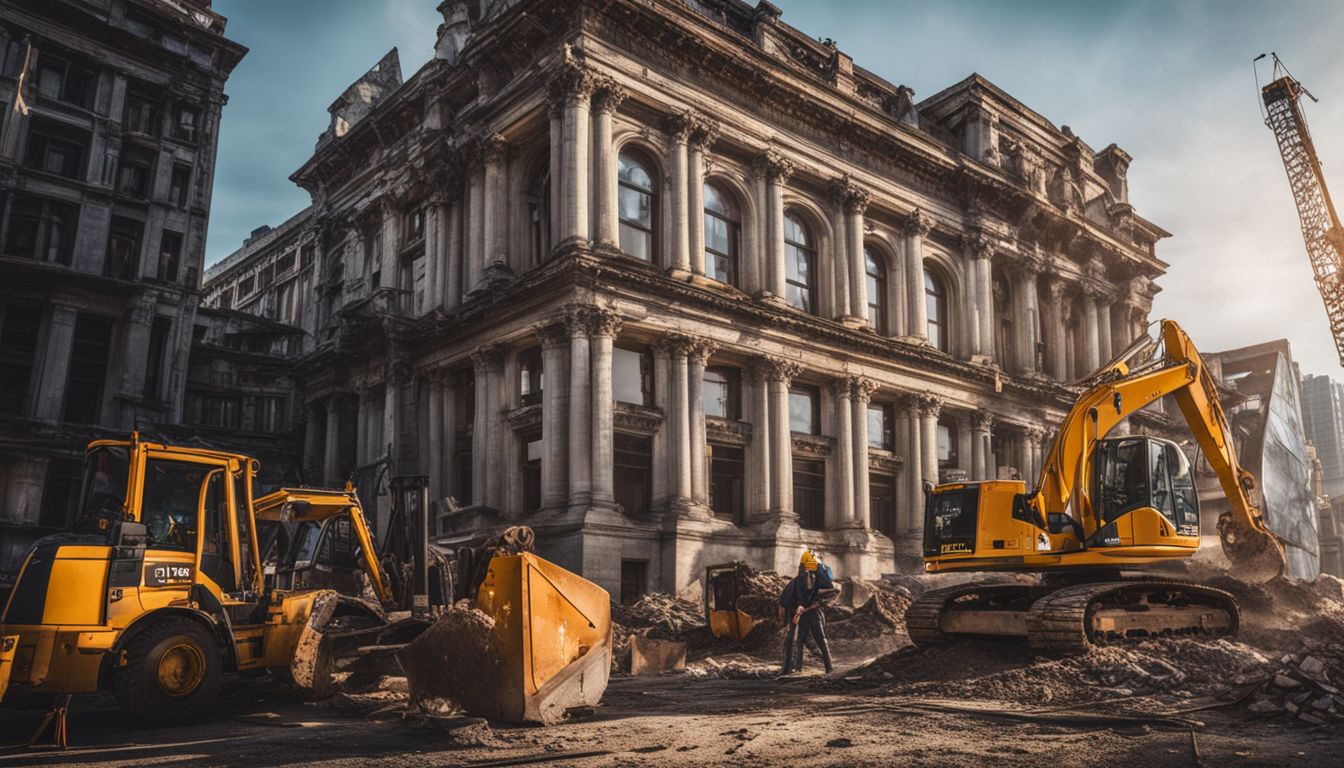
Concrete damage is a bit of a sticky wicket for many business owners, isn’t it? We’ve been in the thick of it ourselves, and understand just how much of a headache it can be. Especially when you twig onto the fact that concrete is the world’s most used material.
Crikey! This yarn we’re spinning is chock-a-block with insights gathered from top-notch research, aimed at offering solid solutions for mending and maintaining your concrete structures.
We’re diving deep into Maitland’s clever tricks of the trade for bringing concrete back to tip-top shape while keeping its history and robustness intact. Stick around to uncover how these savvy strategies can spruce up your properties without causing you a dog’s breakfast.
Maitland’s Approach to Concrete Repair
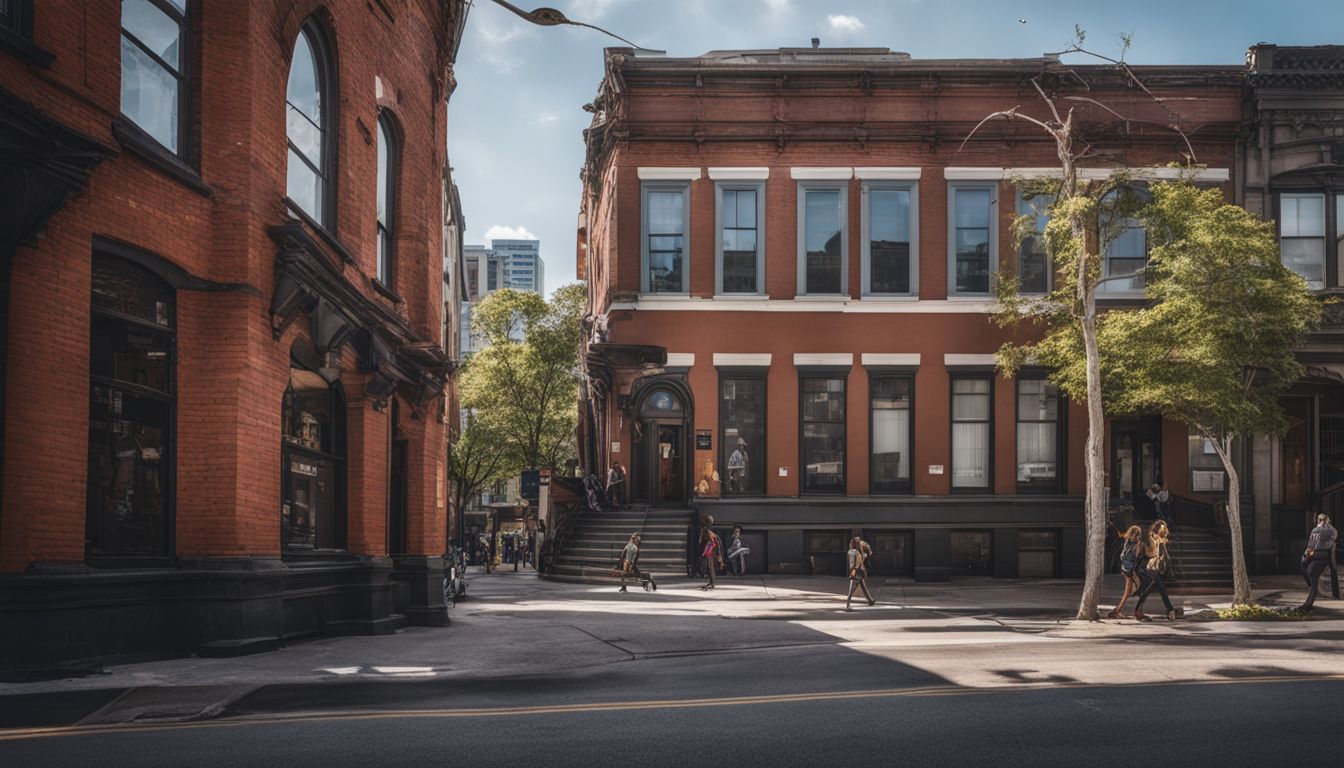
Maitland adopts a Patch Restoration Method, implements an Asset Management Policy, and focuses on Building Rehabilitation. These strategies not only repair concrete but also contribute to preserving heritage structures and ensuring their longevity.
Patch Restoration Method
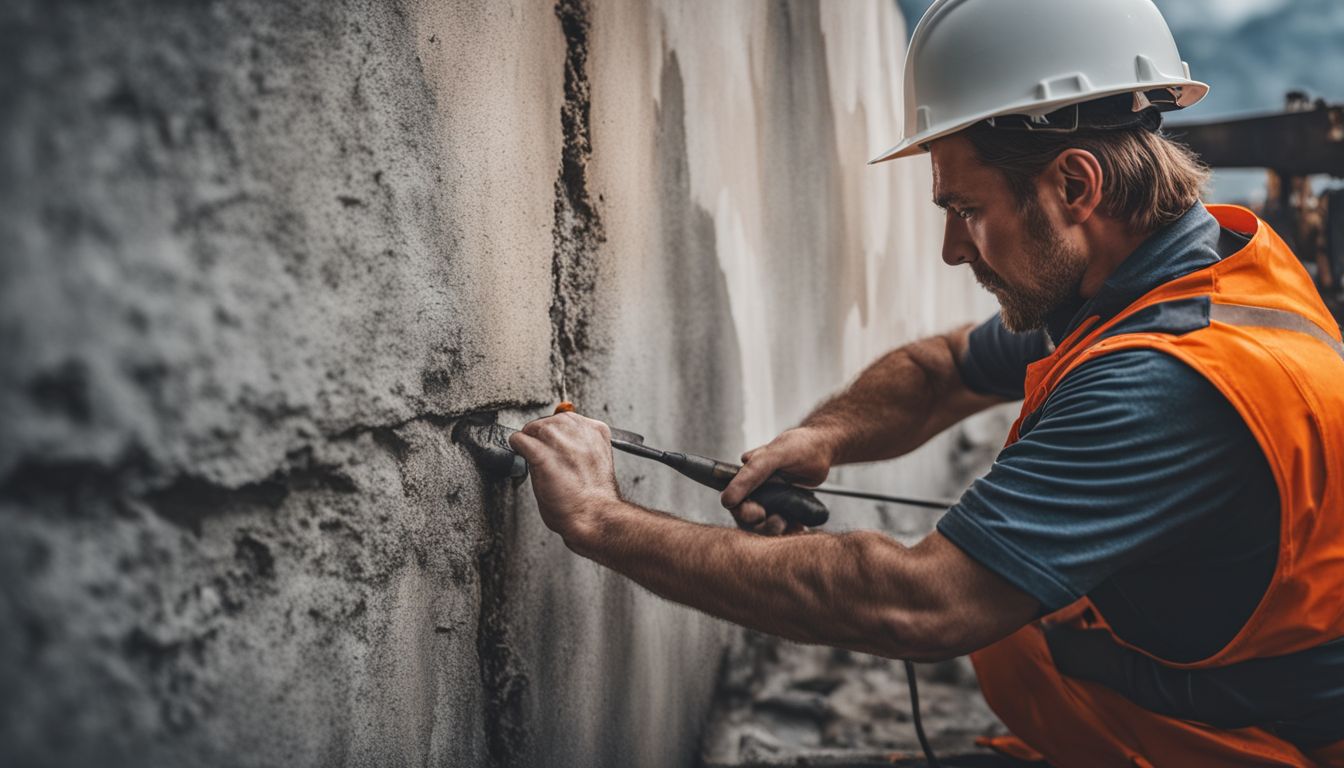
Patch restoration method plays a critical role in concrete rehabilitation efforts, fixing damaged or deteriorated sections of structures. We carefully remove the compromised material, then fill these areas with new concrete that matches the original surface in both appearance and strength.
This technique not only restores the structural integrity but also extends the lifespan of buildings, ensuring they continue to serve their purpose while maintaining historical value.
Restoring integrity, one patch at a time.
Following this approach leads us directly into discussing our asset management policy, which integrates seamlessly with methods like patch restoration to deliver comprehensive building preservation solutions.
Asset Management Policy
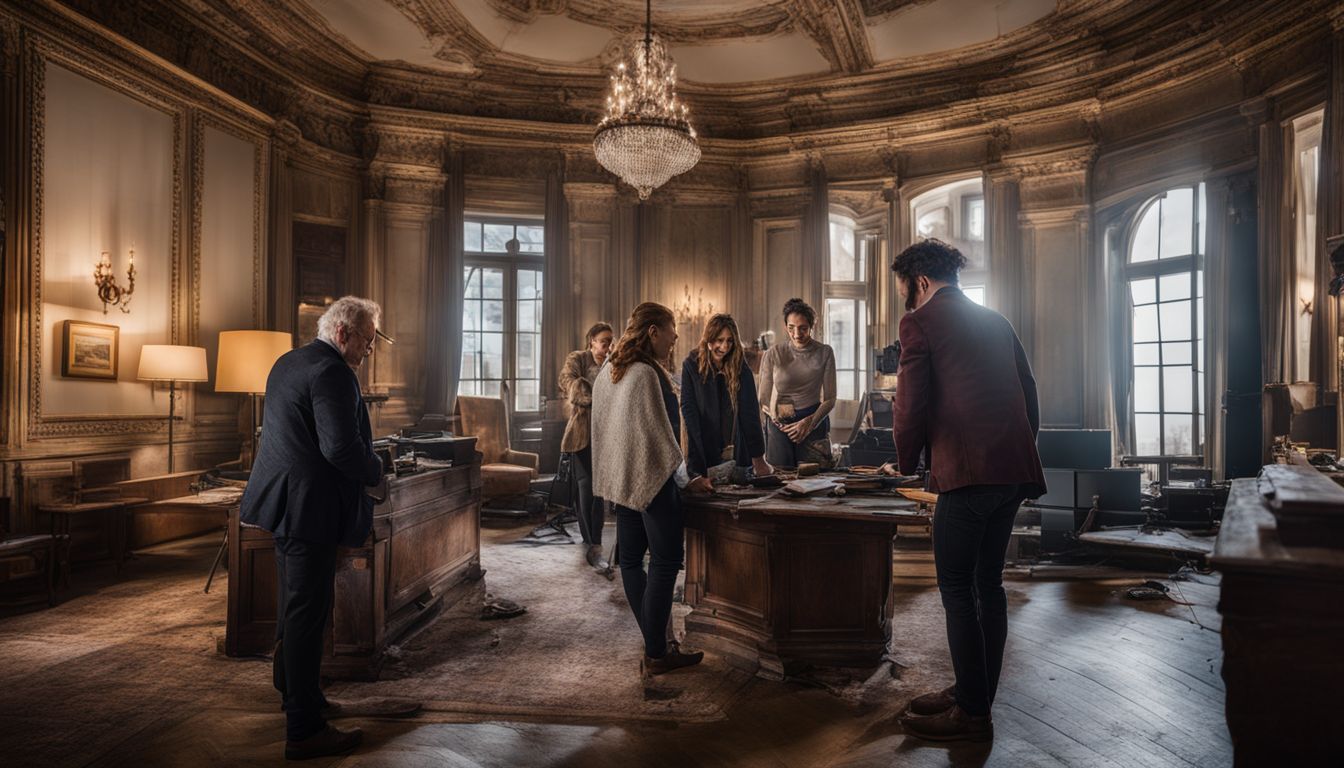
We recognise the critical role that a solid asset management policy plays in the sustainable preservation of heritage buildings. Our approach focuses on developing comprehensive strategies that prioritise both immediate repair needs and long-term building health.
By meticulously assessing each asset, we create customised plans aimed at extending the lifespan of structures through proactive maintenance and timely interventions.
Our policies are built around the principle of preventive care to avoid costly remediations in the future. We employ state-of-the-art diagnostic tools to identify potential issues before they escalate, ensuring our heritage conservation efforts are both efficient and cost-effective.
This makes it easier for business owners like us to allocate resources wisely, safeguarding our investments while honouring our commitment to restoring the past and building the future.
Moving forward, we explore how these practices contribute to successful building rehabilitation projects.
Building Rehabilitation
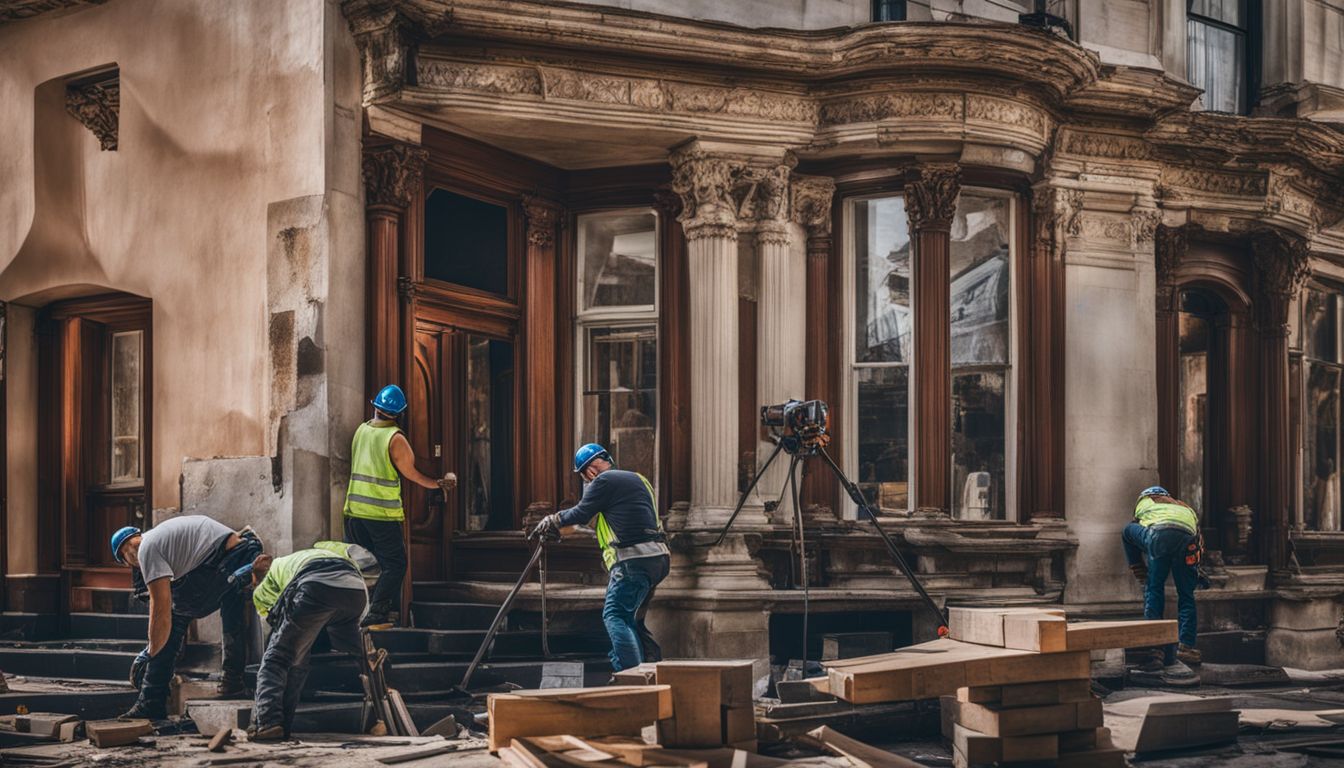
Restoring heritage buildings involves more than just repairing broken concrete. It’s about breathing new life into historical landmarks, ensuring they stand proud for future generations to appreciate.
Our team approaches building rehabilitation with a deep respect for the past, combined with innovative techniques that meet today’s standards of safety and sustainability. We replace weakened structures, refresh façades, and update interiors while maintaining the architectural integrity that tells the story of Maitland’s rich history.
Our project aim is not simply preservation but revitalisation—making old spaces new again for business use or community enjoyment. This delicate balance requires precise planning and execution, qualities our team prides itself on delivering job after job.
Let’s next explore how ongoing maintenance plays a crucial role in heritage conservation.
The Importance of Maintenance in Heritage Conservation
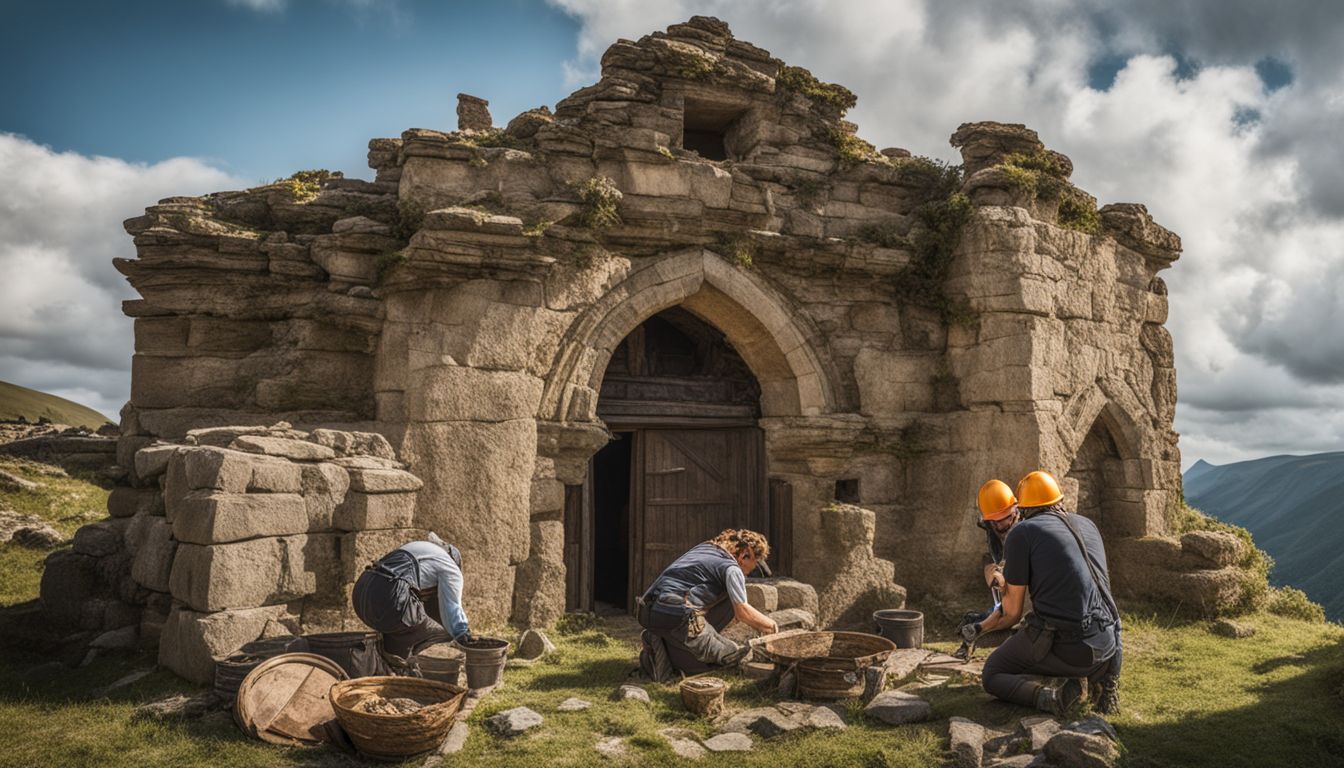
Maintenance plays a crucial role in heritage conservation, ensuring the preservation of historical structures for future generations. By implementing regular maintenance practices, we can avoid neglect and effectively repair and preserve historic buildings, safeguarding their cultural and architectural significance.
Avoiding Maintenance Neglect

Avoiding maintenance neglect is crucial for preserving the integrity of heritage conservation and building rehabilitation. We actively engage in regular check-ups and timely repairs to ensure that historic structures receive the care they deserve.
This approach not only safeguards our architectural heritage but also prevents minor issues from escalating into major, costly repairs.
Proactive preservation beats reactive restoration every time.
Our commitment to maintenance excellence supports our vision of restoring the past while building a future where every structure stands testament to sustainable conservation strategies.
Through diligent asset management, we tackle potential problems at their roots, ensuring that heritage sites continue to narrate their stories for generations to come.
Repairing and Preserving Historic Structures

Moving from the crucial role of ongoing maintenance, we shift our focus to the vital work of repairing and preserving historic structures. Restoring these landmarks requires a deep understanding of heritage conservation and a commitment to retaining their original charm while ensuring they meet modern standards.
We employ various conservation strategies, identifying and addressing issues before they lead to significant damage or loss.
Our approach combines traditional techniques with advanced technologies in building preservation. Specialists meticulously assess each structure, determining the most appropriate methods for concrete restoration and architectural refurbishment.
This process not only breathes new life into aged buildings but also protects them for future generations, reinforcing our pledge towards historical preservation and building conservation.
Advanced Maintenance Strategies for Concrete Preservation
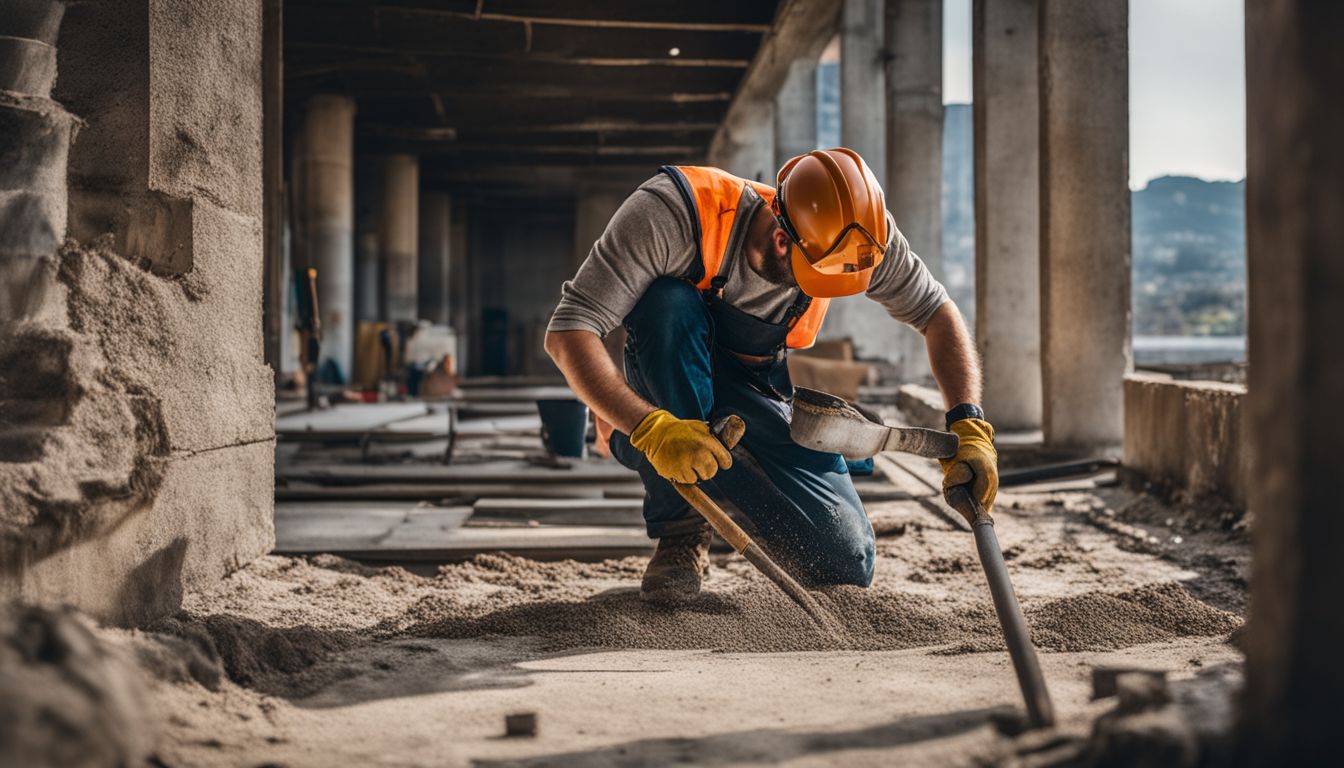
We explore several advanced maintenance strategies for concrete preservation to ensure longevity and structural integrity. Regular inspections form the cornerstone of effective maintenance, identifying potential problems before they escalate.
Utilising cutting-edge materials like polymer-modified mortars significantly improves the durability of repairs. High-performance concrete coatings protect surfaces from water ingress, chemicals, and environmental factors that lead to deterioration.
Implementing electrochemical treatments can arrest corrosion in reinforced concrete structures, extending their service life remarkably. These methods go beyond traditional approaches by targeting the underlying causes of concrete degradation.
Our commitment lies in restoring the past while building a sustainable future through innovative conservation strategy and meticulous asset management, ensuring heritage conservation alongside modern infrastructure renewal.
Strategies for Concrete Restoration

Maitland employs advanced strategies for concrete restoration, using specialised products and techniques to ensure the structural integrity and aesthetic appeal of historic buildings are preserved.
To learn more about these effective methods for preserving the past while building for the future, keep reading.
Products for Concrete Surface Repair
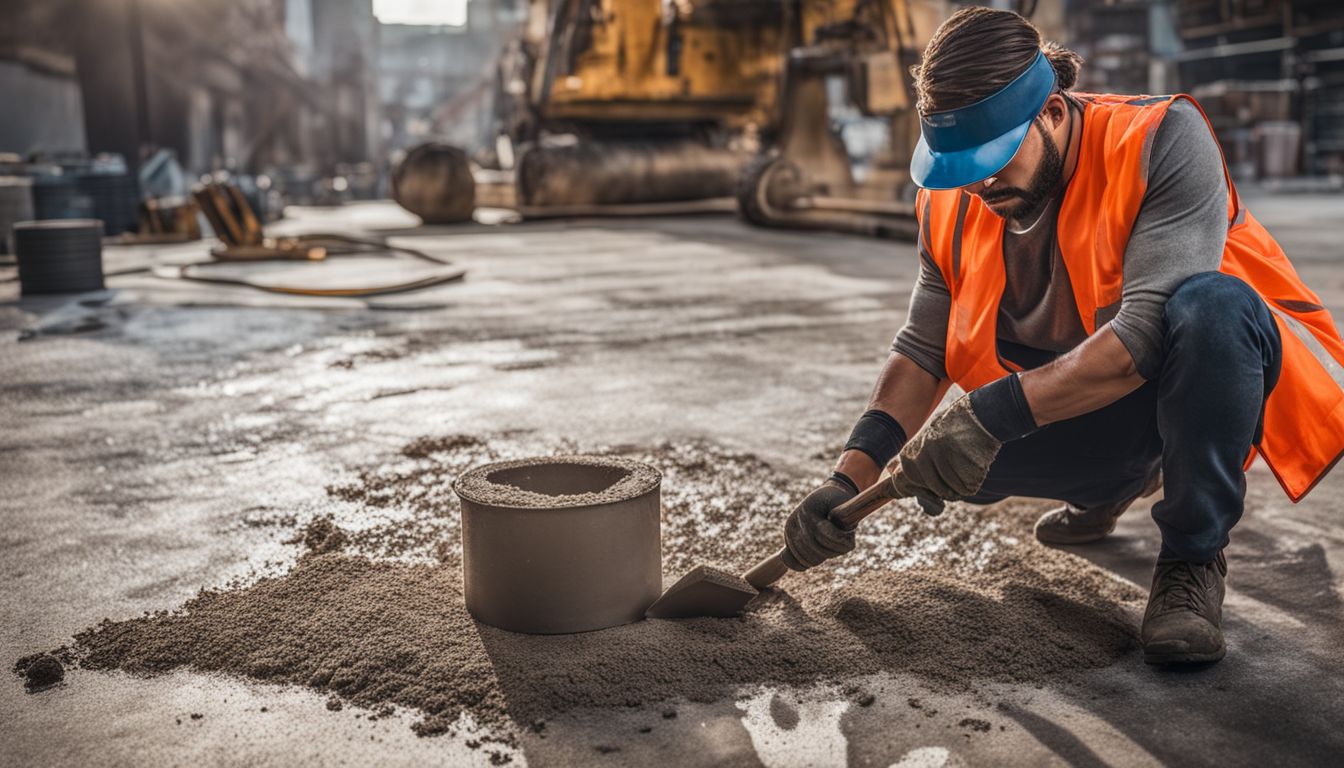
Repairing and preserving our heritage buildings is crucial to keeping the past alive for generations to come. We use a variety of products specifically developed for concrete surface repair to ensure these structures not only stand the test of time but also maintain their historical significance. Here’s a closer look at some of these essential items:
- Epoxy Injections: These are ideal for fixing cracks in concrete. The epoxy resin gets injected into the crack, where it hardens, providing a strong bond that restores the concrete’s original strength.
- Polymer-modified Mortars: We apply these mortars for surface repairs, especially when dealing with spalling or deteriorated concrete. The polymer additives enhance the mortar’s adhesion and durability.
- Cementitious Overlayments: These thin layers of cement-based products can be applied over existing concrete surfaces. They’re great for improving appearance and protecting against water infiltration.
- Silane-Siloxane Sealers: We use these penetrating sealers on exposed concrete surfaces to repel water and reduce staining without altering the surface’s appearance significantly.
- Crack Fillers: Available in flexible forms, crack fillers accommodate slight movements in the structure, preventing future cracking by ensuring minor cracks are filled promptly.
- Concrete Patching Compounds: Specifically formulated to match the colour and texture of existing concrete, patching compounds are used for cosmetic repairs on visible surfaces.
- Anti-Corrosion Coatings: Applied directly onto reinforcement bars before placing new concrete, these coatings protect steel from corrosion caused by exposure to moisture and chemicals.
Each product plays a vital role in not just repairing but also extending the life of historic structures through enhanced durability and resilience against environmental challenges. Through careful selection and application of these materials, we contribute significantly to preserving architectural heritage while ensuring safety and stability for future use.
Techniques for Structural Restoration
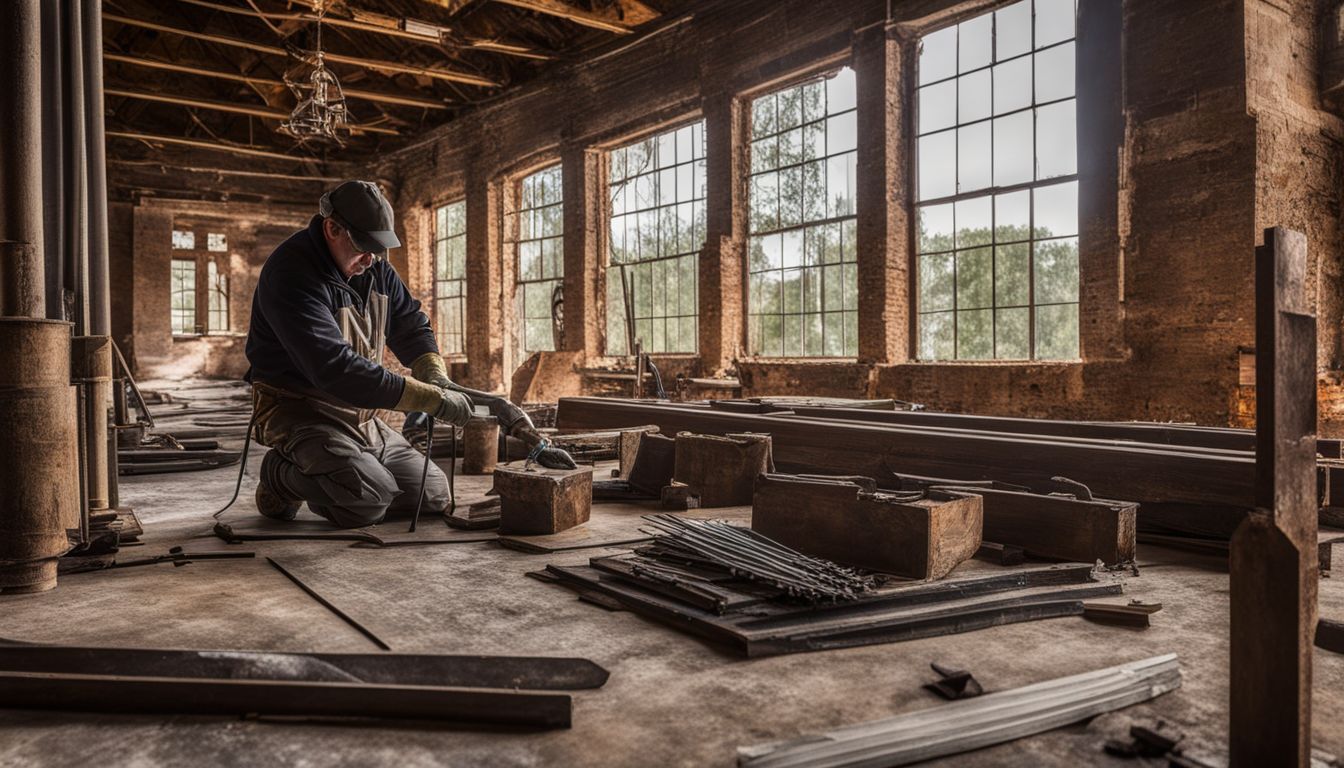
After addressing concrete surface repair, progressing to techniques for structural restoration is crucial for comprehensive building maintenance and preservation. Here are some key strategies that business owners can implement to ensure the long-term structural integrity of their historical assets:
- Utilise Non – Destructive Testing (NDT) methods to assess the internal condition of the structure without causing damage.
- Implement carbon fibre reinforcement techniques to strengthen load – bearing elements and extend the lifespan of the structure.
- Employ cathodic protection systems to prevent corrosion in reinforced concrete, preserving the structural integrity over time.
- Integrate seismic retrofitting solutions tailored specifically for historical structures, ensuring resilience against potential earthquake damage.
- Engage in targeted grouting procedures to fill voids and stabilise masonry elements, safeguarding the overall stability of the building.
By incorporating these advanced techniques into a comprehensive maintenance strategy, business owners can proactively address structural vulnerabilities and contribute to the long-term preservation of historical buildings.
Conclusion

Maitland’s approach to concrete repair focuses on efficient patch restoration methods, proactive asset management policies, and comprehensive building rehabilitation. By prioritising maintenance in heritage conservation, the company avoids neglect and effectively repairs and preserves historic structures.
Advanced maintenance strategies for concrete preservation are integrated with tailored techniques for concrete restoration, utilising specialised products and structural repair methods.
The emphasis on maintaining historical integrity while implementing modern solutions underpins Maitland’s commitment to preserving the past while building a sustainable future.
